AIRCRAFT
Westland Lynx HMA.8
SCALE & KIT
1/48 Airfix
MODELER
Rafael M. Drozdzowski
HISTORY
The Westland Lynx is a British multi-purpose twin-engined military helicopter designed and built by Westland Helicopters at its factory in Yeovil. Originally intended as a utility craft for both civil and naval usage, military interest led to the development of both battlefield and naval variants. The Lynx went into operational usage in 1977 and was later adopted by the armed forces of over a dozen nations, primarily serving in the battlefield utility, anti-armour, search and rescue and anti-submarine warfare roles.
The Lynx is a fully aerobatic helicopter with the ability to perform loops and rolls. In 1986, a specially modified Lynx set the current Fédération Aéronautique Internationale’s official airspeed record for helicopters (category excludes compound helicopters) at 400.87 km/h (249.09 mph), which remains unbroken as of 2017.
The Lynx AH.1 entered service with the British Army′s Army Air Corps (AAC) in 1979, followed by the Lynx HAS.2 with the Fleet Air Arm (FAA) in 1981. The FAA fleet was upgraded to Lynx HAS.3 standard during the 1980s, and again to HMA.8 standard in the 1990s. Most Army aircraft were upgraded to Lynx AH.7 and the later AH.9/AH.9A standards as utility helicopters; they have also served with 3 Commando Brigade Air Squadron (3 CBAS) of the Royal Marines and later, the Commando Helicopter Force (CHF) of the FAA, operating as reconnaissance and attack/utility helicopters to support the Royal Marines. During the Cold War, it was envisioned that Army Lynxes would be paired with Westland Gazelle helicopters to counter Soviet armoured vehicles. Lynx HAS.3 and HMA.8 variants operate as anti-submarine warfare and maritime attack helicopters armed with Sting Ray torpedoes, Sea Skua anti-ship missiles and depth charges, from Royal Navy warships. Navy Lynx have been critical to maritime patrol operations, including non-military operations such as counter-narcotics missions.
PHOTO GALLERY
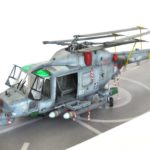
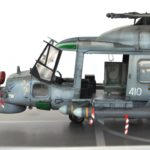
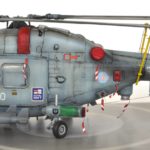
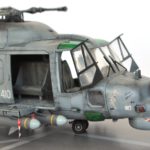
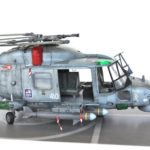
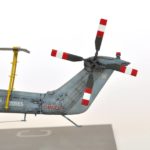
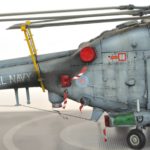
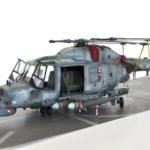
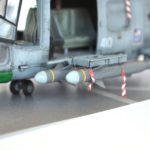
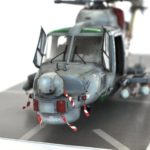
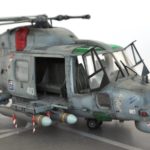
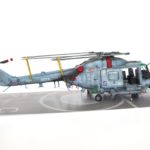
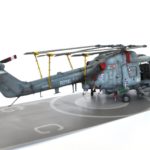
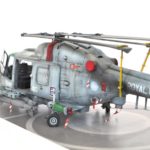
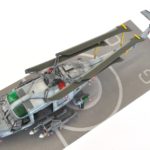
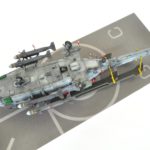
Leave a Reply